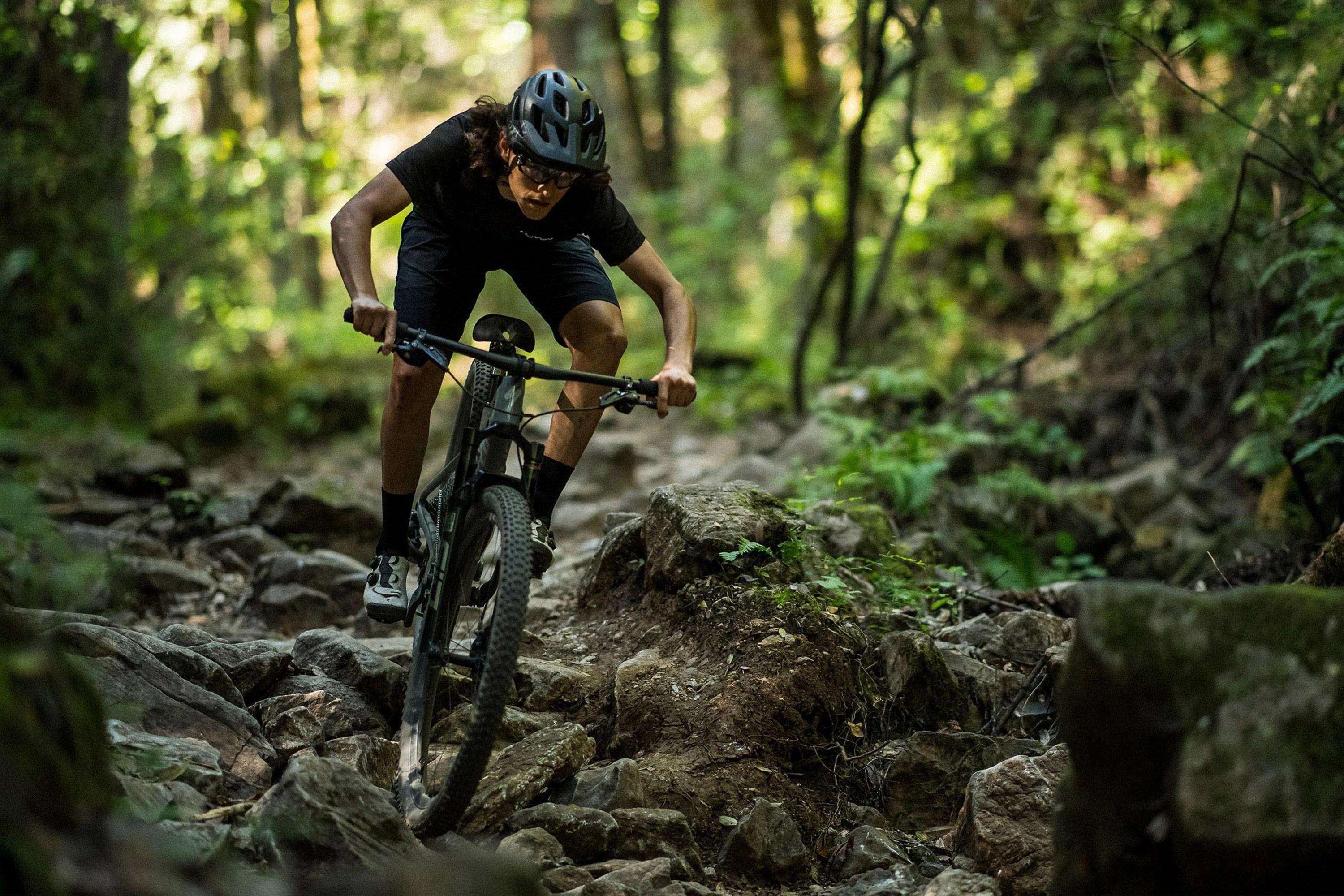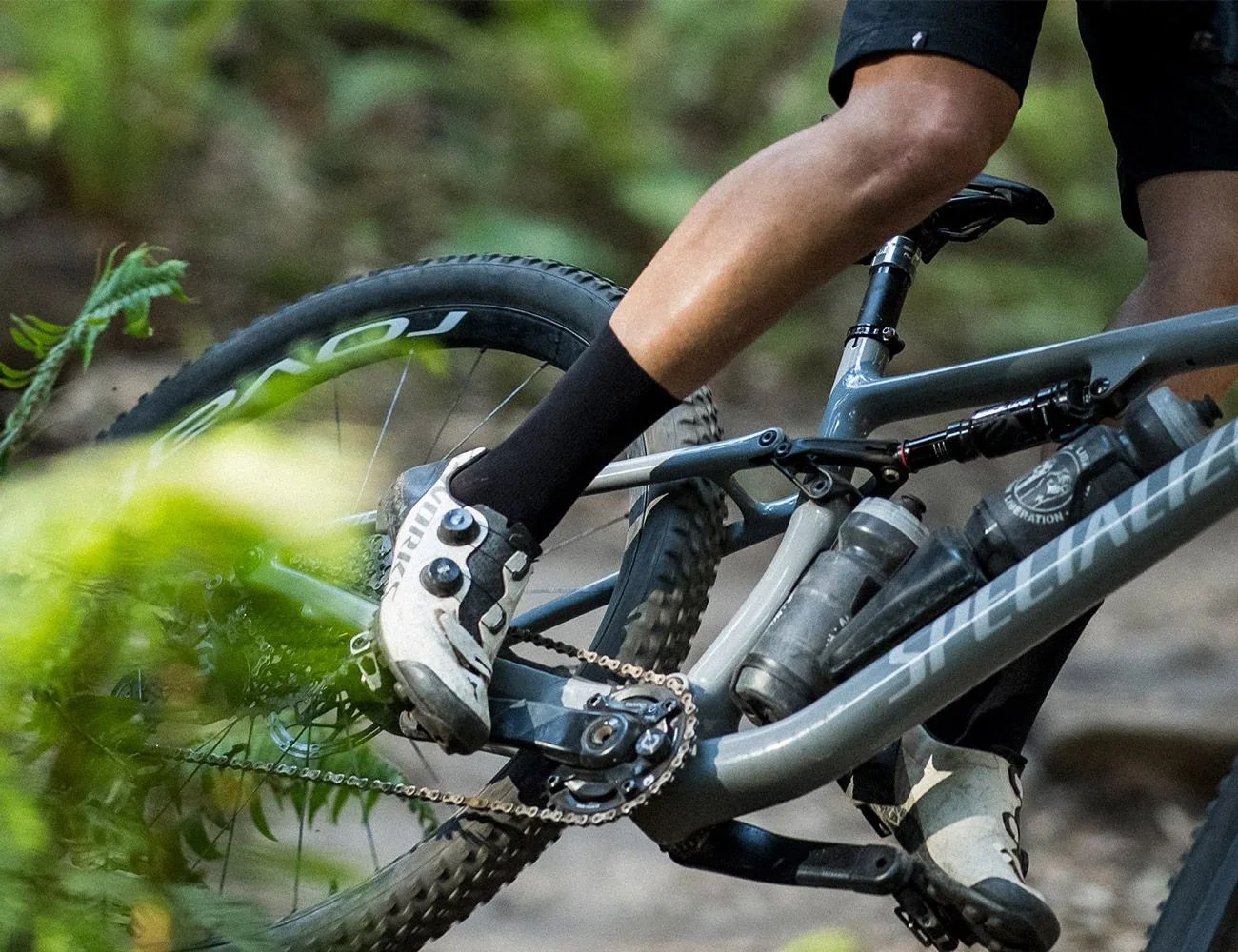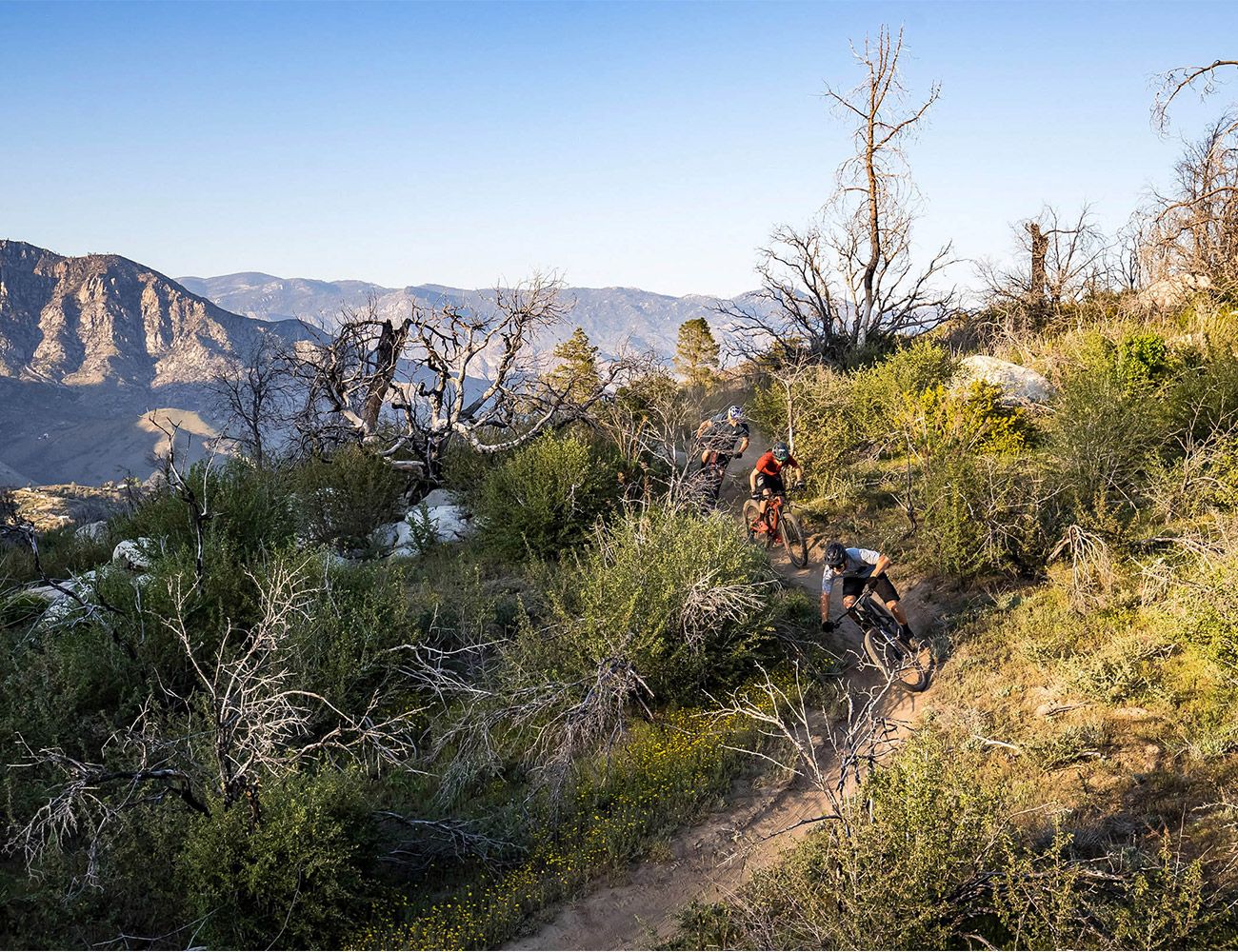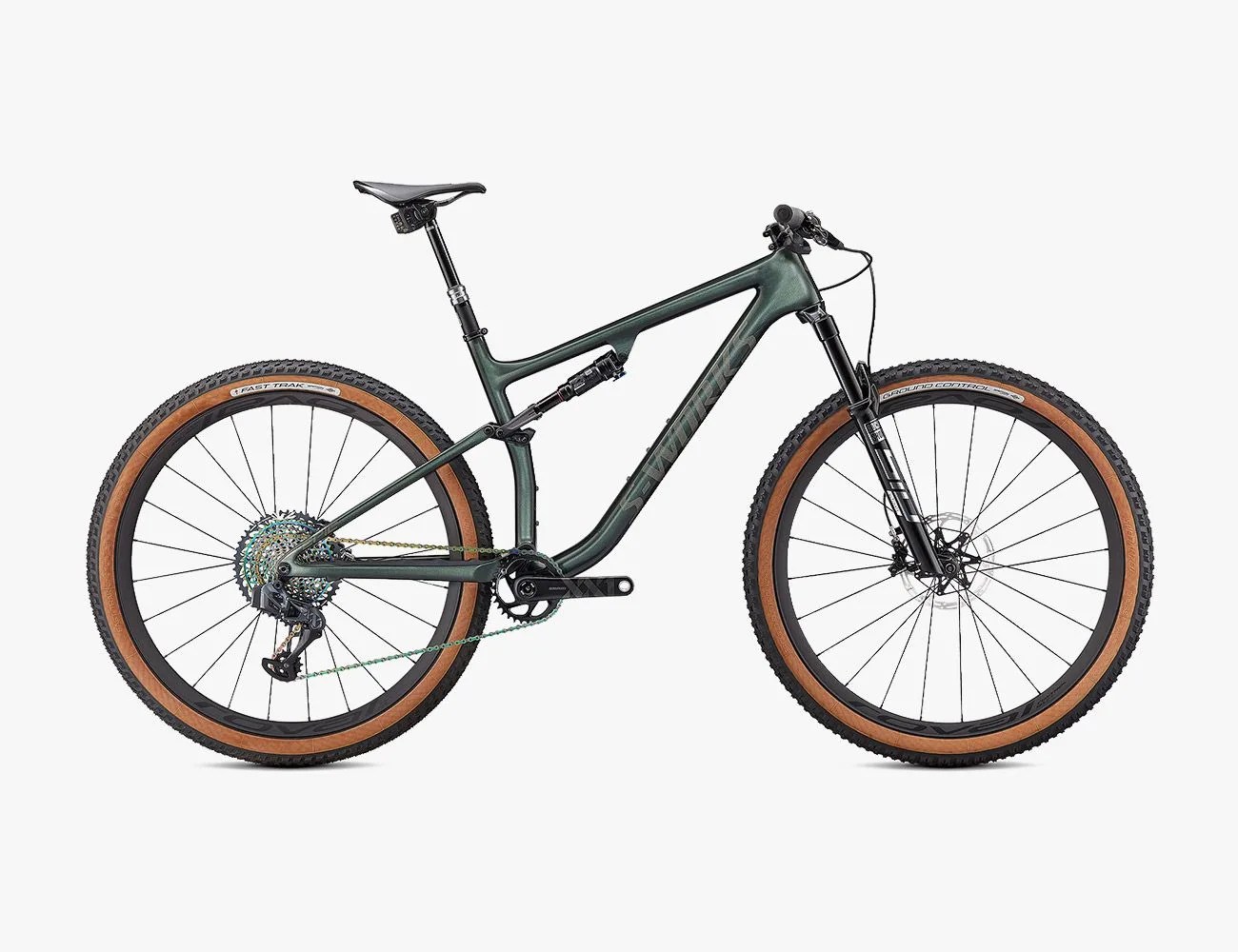Over the past few years, bikes have been growing more, ahem, specialized at an exponential rate. From tire size and tread, to front and rear suspension, to droppers and geometry, many are designed to do just one thing well– and if you’re lucky, be passable at the rest.
There’s a good reason for it: with new brands flooding the market and new builds popping up almost weekly, it’s tough to stand out from the crowd. This is especially true in the mountain bike world, which has exploded in the past decade. And I’m not talking about minor differences in form and function, like road and gravel bikes. A casual window shopper won’t have much trouble differentiating a modern downhill rig and a cross country bike. Despite technically both being mountain bikes, they are wildly dissimilar.
But what if (heaven forbid), you only have the budget, space, or spousal permission to own one mountain bike? What if you want a light, fast, and fun bike that can do it all — cruise over flowy tracks and long backcountry tours, yet still hold its own on gnarly downhill trails? Is that really too much to ask? Specialized’s Epic EVO certainly doesn’t think so.
A longer fork, dropper post, and revised geometry — all of which may be overkill purely for cross country riding — add up a surprisingly versatile bike. It’s fast off the start line, well suited for masochistically long rides, and it offers more control on descents. For average riders (myself included), the Epic Evo just might be the unicorn bike that can do more than one thing really well. After a week of testing, here are the big takeaways.
What We Like
The standard Epic race bike has 100mm (nearly four inches) of travel in front and rear. The EVO version adds 10mm (0.4 inches) to the rear suspension and 20mm (0.8 inches) to the front fork, which may not sound like a lot but makes a huge difference. Sure, it’s not a 160/160 downhill ripper, yet I was surprised by how much this seemingly minor upgrade opened things up.
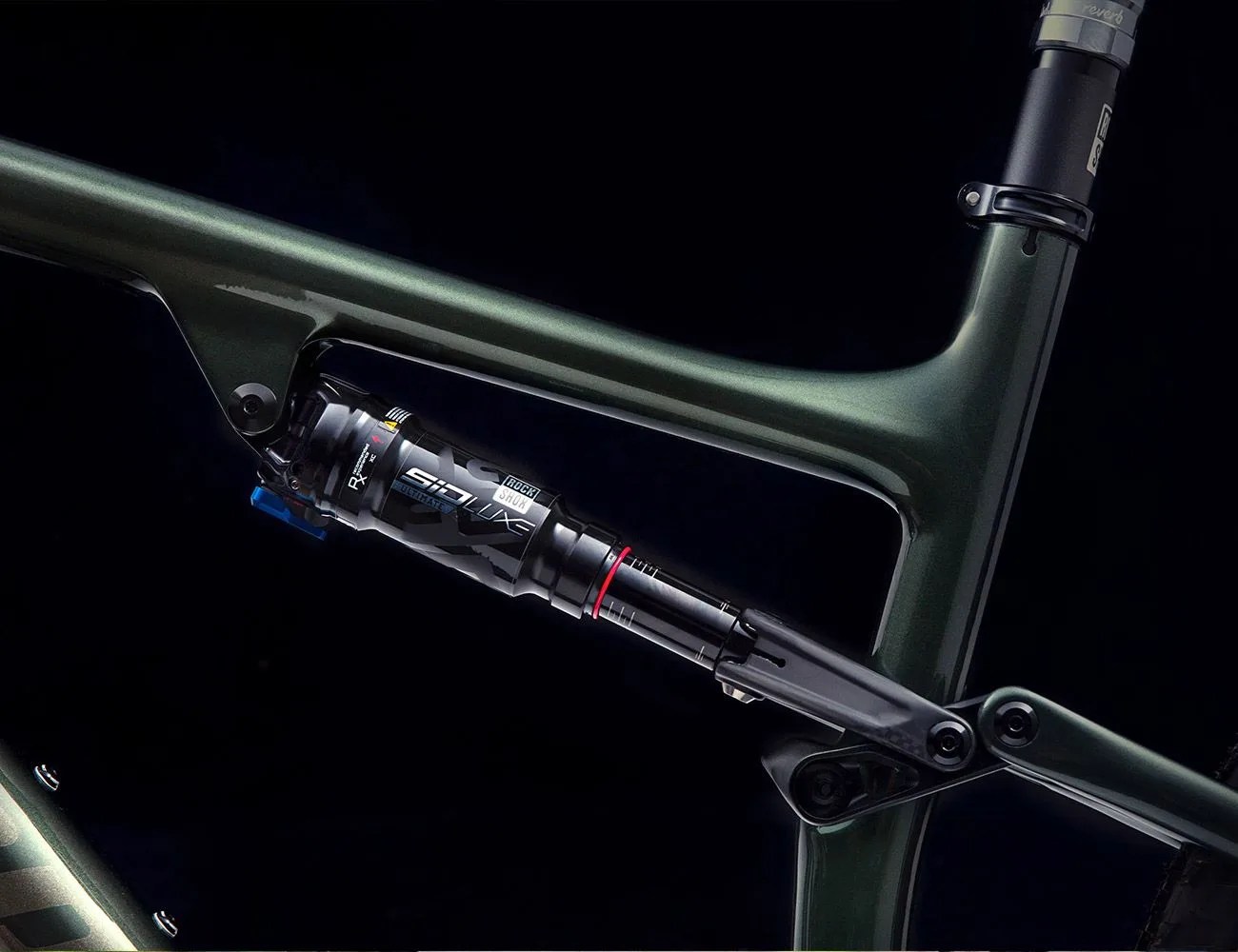 Specialized
Specialized